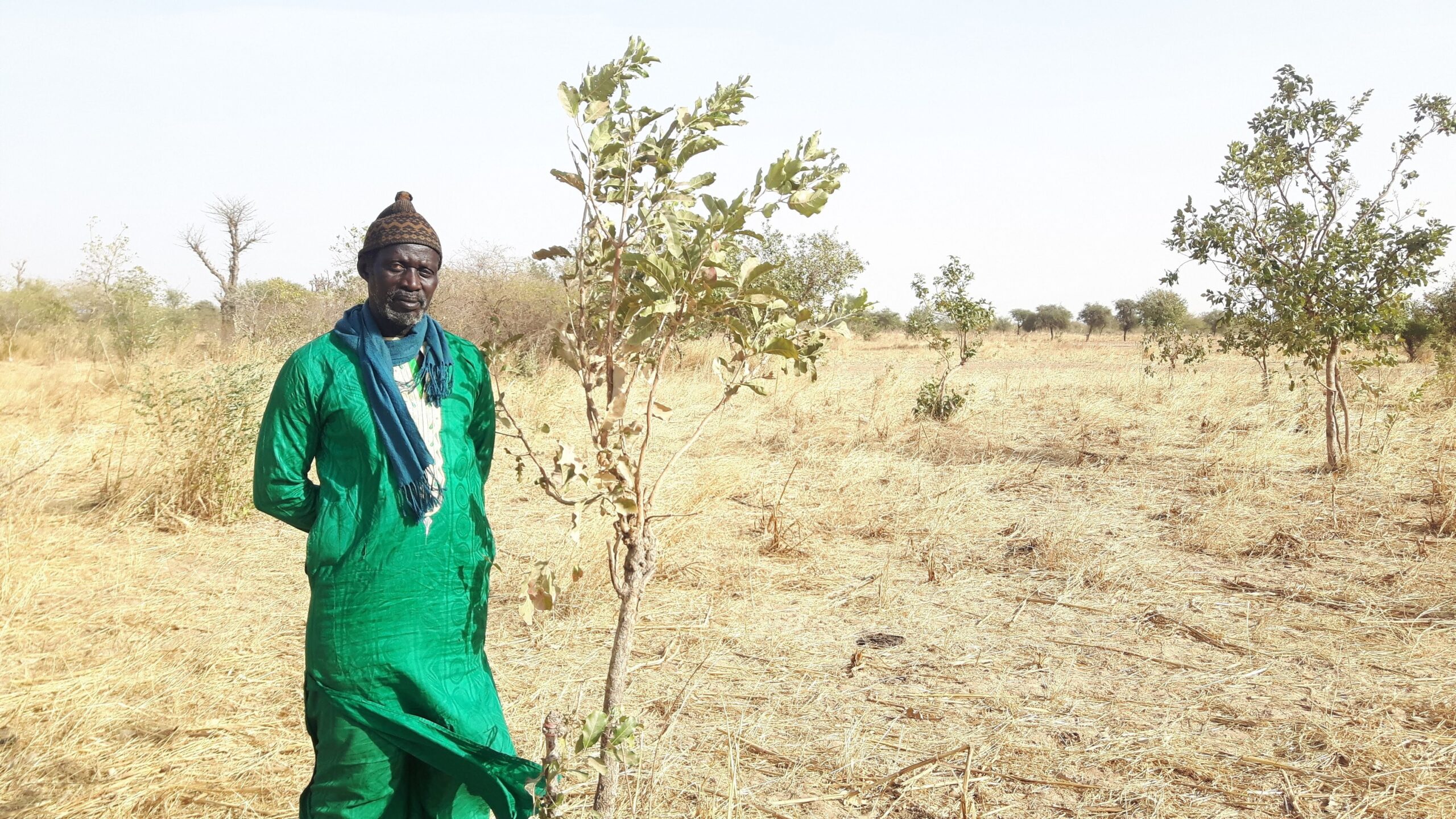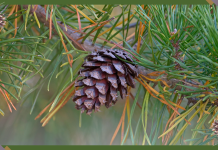Written by: Patrick Worms
The incomes of the Sahel’s smallholders and herders are amongst the world’s lowest, and their livelihoods are under increasing threat from rising environmental stresses. But across the region, pockets of regeneration give hope that the whole region could one day be transformed into one of extraordinary productivity benefiting humans and biodiversity alike.
These regenerated landscapes are all dominated by regenerated native trees, the clever management of livestock, and careful attention to soil fertility. The villages are clearly wealthier, the people better fed. Yet one need not travel far from them to find degraded, dusty lands with few trees and poor farmers operating at the edge of disaster.
Why do some landscapes thrive while others collapse?
The magic ingredient is the way inhabitants of these landscapes have mastered their own destiny. Better governance leads to more secure tenure of land and trees, fewer conflicts between customary and legal rights, and agreed and enforced community wide rules. When communities decide together how to manage their lands, where to allow grazing and firewood gathering, and how to protect regenerating trees, landscapes can switch from degradation to restoration.
Once these agreements are in place, supported by state institutions and enforced across the community, the speed with which landscapes can be restored is breathtaking. These holistic approaches transform landscapes into ones whose rising biophysical productivity kickstarts the virtuous circle of development.
Regenerated landscapes produce more biomass, which boosts their biophysical and adaptative capacities. Farmers grow more, and more diverse, suites of products to feed their families and to sell into various value chains. This in turn leads to the creation of new jobs, both within and outside agriculture. And that gives young men hope for the future, reducing the attraction of migration or of armed groups.
Sahel’s communities are key to development
Land restoration is thus not an activity to be pursued mainly in the pursuit of public goods like biodiversity or climate mitigation. Instead, it is a foundational step towards successful local and national development.
To make this happen, governments and their partners must encourage and respect the development of local social innovations, and invest in human capital and technical support. This creates the conditions upon which financial and physical capitals can grow and generate resources to be further invested.
Thus, developing and nurturing the ability of the Sahel’s communities to become actors of their development rather than its passive recipients, and to evolve, enforce and deploy their local rulebook while cooperating in the pursuit of commonly agreed goals, is foundational.
These approaches deliver essential public goods, such as resilience, climate change mitigation, biodiversity protection, groundwater recharge, soil fertility and water cycle buffering. And that, in turn, generates the opportunities local entrepreneurs need to grow.
Investing in the Sahel to achieve its development
This is largely a phased process: mobilise patient capital to deploy mobile payments; microinvestment platforms; distributed advisory systems; and agrifood processing facilities. That will sow the seeds for later, more ambitious investment opportunities.
What does that mean for the Sahel’s partners?
- Don’t do it if you’re not in it for the long term. The project programming threadmill delivers interventions that are way too short-term.
- Invest political capital alongside grants. Land restoration requires governance revisions, so political support is key.
- Deploy technical assistance to back up working intervention areas, standardize monitoring , allow comparisons, and cross-fertilise best practices.
- Size intervention areas at large landscape scales. The benefits of regeneration grow with scale, so think large.
- Exploit social diffusion principles. Intervention areas should be sufficiently close so best practices can spread between them and eventually join up, transforming larger areas.
- Operate real partnerships with locals. No one knows their landscape as well as they do. And they are the ones most in need of rapid, sustainable development. Marry their traditional knowledge with modern agroecological knowledge. Offer genuine support to develop local entrepreneurial talent. Consult widely and frequently. Defer to their decisions. That will build in the operational resilience upon which successful development rests.
Header Image Caption & Credit: Mr El Hadj Ndiaye from Fatick, Senegal, in the Sahel, next to trees he has regenerated on his fields. Photo: Patrick Worms
Republished with permission from World Economic Forum







